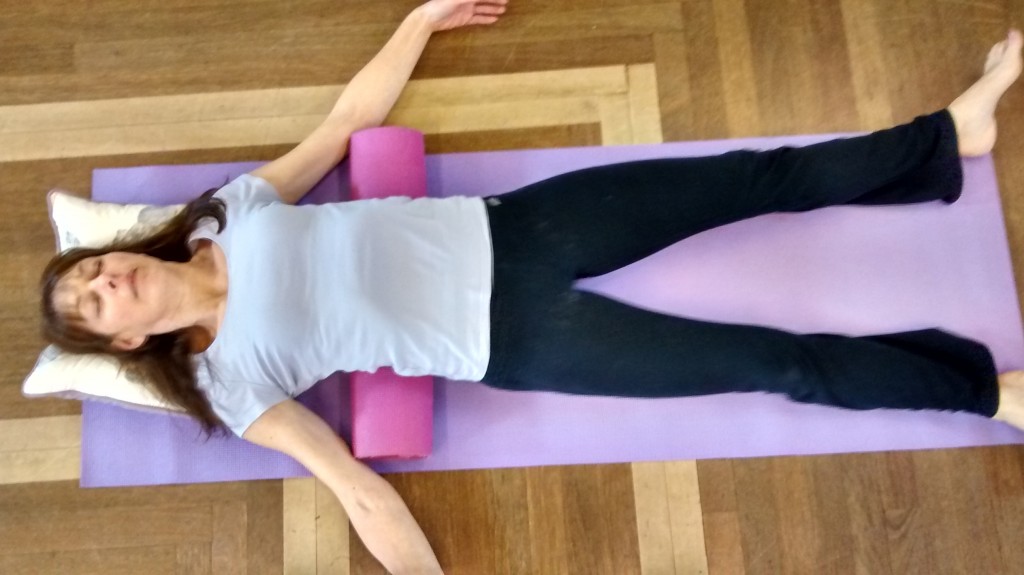Would all Crowland Yoga Thursday evening students please note that there will be no yoga classes this Thursday (19th December).
For further information please see my email of today.
Author Archives: Sarah
Winter: A Time of Settling In
As we move towards the winter months our practice will be reflecting our natural desire to move our attention inwards so that we might nourish and nurture. To this end, next week’s practice will be a Yin practice, so don’t forget your bolsters (or a couple of firm pillows/cushions) so that you might give your body a little bit of comforting support as we practice the art of being.
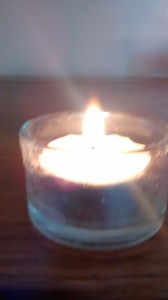
Classes During Week Commencing 18th February 2019
The Yoga and Mindfulness Path Away from Depression and Distressing Emotions – Moving Towards the Light
You may be interested to know that two spaces have become available on the above ten week course
This course will be held at Wake House in Bourne and starts on Wednesday, 23rd May. If you, or somebody that you know, might be interested, please let me know asap. You can text or telephone me on: 07817623330 or email me at: [email protected] or Contact Sarah
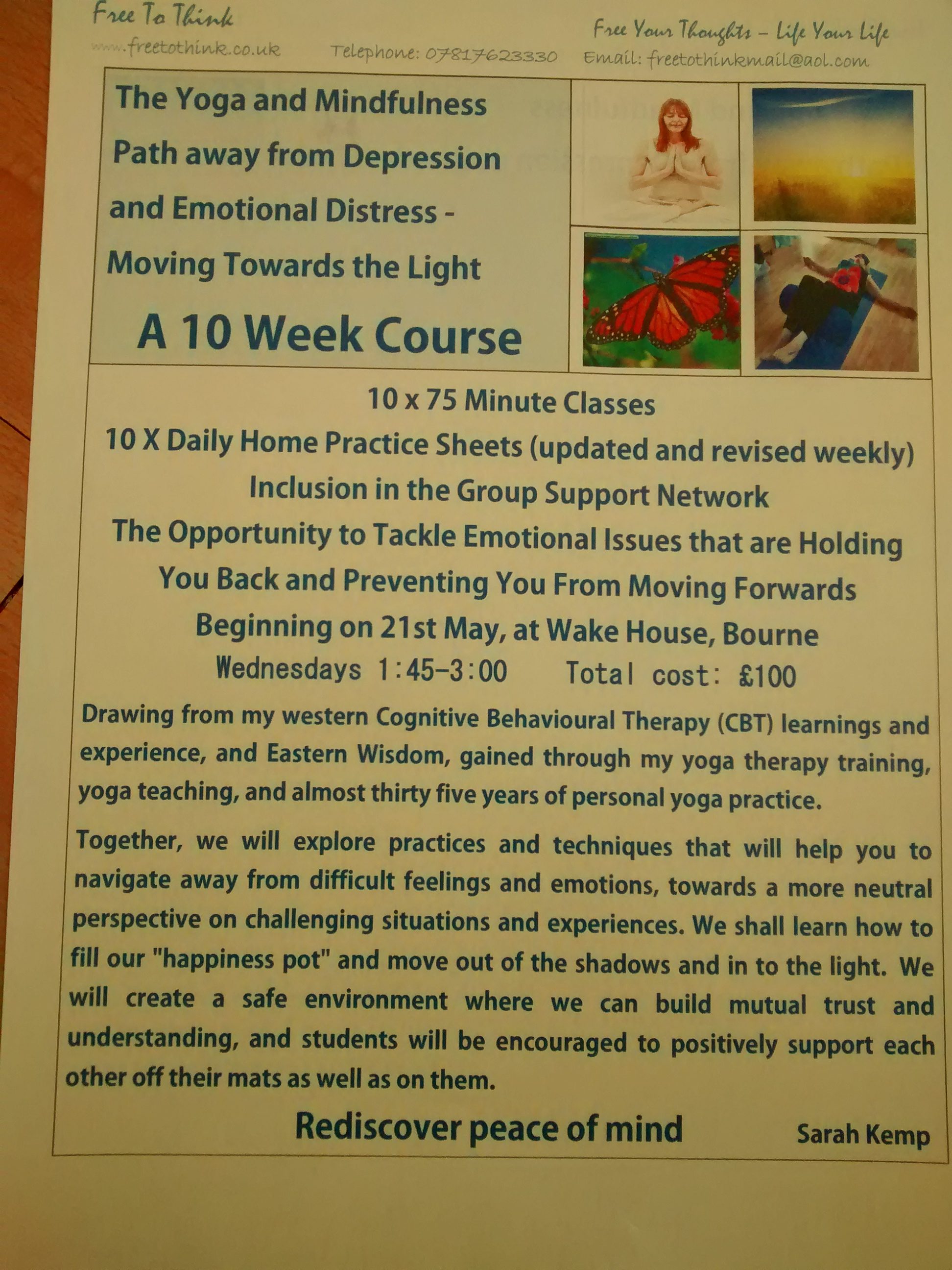
The Science Behind Yoga and Stress
This 9 minute video is a wonderful explanation of some of the reasons why yoga is so good for us, by Dr Mithu Storoni. Dr Storoni is a medical doctor and neuro-ophthalmologist, as well as being a yoga practitioner and yoga teacher.
In short, in order to increase our chances of living a longer, happier and healthier life through the practice of yoga, we just need to keep doing what we’re doing (and isn’t that satisfying!):
https://uplift.tv/2018/science-behind-yoga-stress/
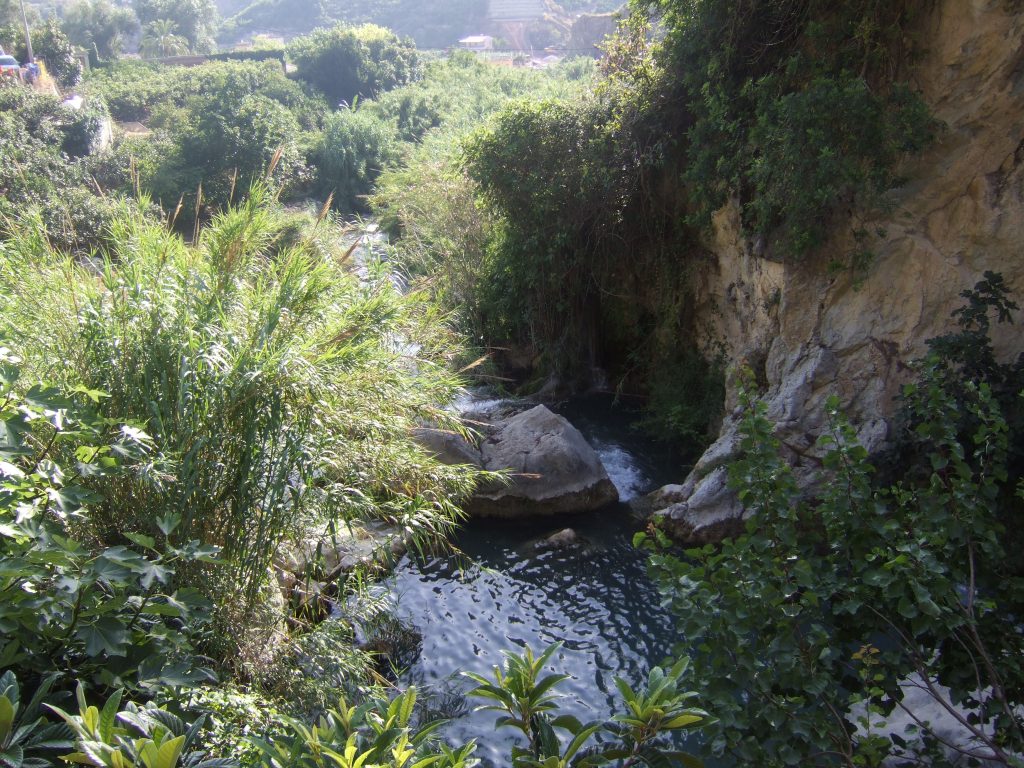
Week Two: Apana Vayu
Week two of our journey into the Prana Vayus has seen us working with Apana Vayu. This is the downward moving, grounding energy that is associated with the lower regions of our physical body and all forms of elimination. Physically we eliminate waste from the body and mentally, apana vayu encourages us to cleanse our minds by eliminating stale emotions, habits, behaviours, thoughts and ideas, opinions, and everything else that stems from the mind. This energy allows us to release and let go of emotions and behaviours that no longer serve us, cleansing us of old experiences and creating space for new ones.
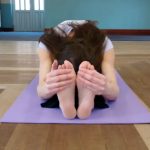 If this energy is unbalanced, there is a lack of integrity between the mind and the body and our immune system is weakened. We become vulnerable to illness, fear, doubt, confusion, insecurity, and loss of purpose. A strong and balanced apana vayu is grounding, it helps to banish feelings of spaciness, anxiety and stress, and encourages a stable outlook towards life.
If this energy is unbalanced, there is a lack of integrity between the mind and the body and our immune system is weakened. We become vulnerable to illness, fear, doubt, confusion, insecurity, and loss of purpose. A strong and balanced apana vayu is grounding, it helps to banish feelings of spaciness, anxiety and stress, and encourages a stable outlook towards life.
Because this is a downward flowing energy, when we work with apana vayu, our intention is to conserve this energy and keep it in the body through practices such as mula bandha, and the mobilisation of prana within the pelvis in postures such as dynamic baddha konasana.
Throughout our practice this week, we worked with Yoni Mudra, a powerful mudra, which draws energy down into the lower pelvis, legs and feet, where it assists in elimination and a healthy flow of apana vayu:
Bring each thumb tip together and each index finger tip together to form a diamond shape. Spread the fingers and place the hands, palms facing down, far down on the lower abdomen so that the thumbs are pointing upwards, just below the navel and the fingers are pointing downwards toward the groin. Relax the shoulders.
Allow the inhalation to be natural, and place your focus on the exhalation. As the breath slows down, begin to extend the exhalation to your maximum comfortable length. Maintain your focus on the exhalation, picturing or sensing or feeling the breath flowing downwards into the region of the pelvis. Imagine or sense the whole of the pelvic basin filling with cleansing energy. Practice for 5 minutes or more.
Practice yoni mudra whenever you feel a need to let go of anything from any part of you, physical, mental or physiological, and encourage apana vayu to cleanse you and release you of anything that no longer serves you.
March-April 2018: Exploring the Prana Vayus
This term we are exploring the Prana Vayus. These are the “energy winds” in the subtle energy body, known as the Pranamaya Kosha (the “body that feeds on prana or universal energy”).
We began our journey with a practice designed to balance the energy of Prana Vayu. This is the fundamental, inward-moving, propulsive, vital energy, that gives us vitality, speed and motivation. It is our receptive energy which enables us to receive everything from air (through inhalation) and food, to impressions and ideas. This energy governs respiration, and is most active in the region of the lungs and heart.
On a more subtle level, this is the energy that heightens our sensitivity to our  external senses and our inner awareness. It allows us to see the external world and all its opportunities more clearly, and at the same time, this energy lets us rest our inner attention in contentment. An imbalance of this energy can lead to adopting bad habits and suffering from cravings, a restless and scattered mind and emotional conditions such as anxiety, depression, grief, bereavement and isolation.
external senses and our inner awareness. It allows us to see the external world and all its opportunities more clearly, and at the same time, this energy lets us rest our inner attention in contentment. An imbalance of this energy can lead to adopting bad habits and suffering from cravings, a restless and scattered mind and emotional conditions such as anxiety, depression, grief, bereavement and isolation.
Physically, a lack of prana vayu can lead to low energy and fatigue, breathing difficulties (inability to catch breath, asthma, COPD), or a lack of chest expansion (forwards and outwards, especially the middle ribs), heart and lung problems, any chronic illness, a weak immune system, upper back stiffness or pain, shoulder or arm weakness or problems, such as frozen shoulder.
The mudra that we used to encourage a balanced prana vayu was Madhyrama Sharira mudra:
Place the index fingers around the upper chest and the thumbs towards the back of the body. Keep the other fingers together so that the middle fingers are pressed towards the index fingers, palms facing downwards. Relax the shoulders and close the eyes.
Bring the awareness down in to the upper chest area, to where your fingers and thumbs are touching your body. Begin to focus on the inhalation and extend the inhalation to it’s maximum, comfortable length. Focus on the breath entering the body and filling the upper chest area. Let the exhalation be natural, whilst you maintain your focus on the inhalation. Practice for 5 minutes or more, whenever you feel there is a need to redress any of the imbalances described above.
The Yoga and Mindfulness Path away from Depression and Emotional Distress – Moving Towards the Light – A Ten Week Course
Hi Fellow Yogis,
You know when something keeps knocking at your door? A thought, a feeling, reminders or requests?
I always feel that we should respond to persistent nudges, which is why I am hoping to run a ten week course entitled “The Yoga and Mindfulness Path away from Depression and Emotional Distress – Moving Towards the Light”. This course will be an integration of my western Cognitive Behavioural Therapy (CBT) learnings and experience, with Eastern Wisdom gained through my yoga therapy training, yoga teaching, and almost thirty five years of personal yoga practice.
Together, we will find new ways to navigate difficult feelings and emotions. We will practice techniques and practices which will help students to move away from unwanted negative emotions and feelings, towards a more neutral perspective on challenging situations and experiences. We shall explore ways of filling our “happiness pot” and moving out of the shadows and in to the light. 
Students will be given a daily practice to take home with them and this practice will be changed and adapted each week to take account of new learnings and techniques/practices. Together, we will create a safe environment where we can build mutual trust and understanding, and students will be encouraged to positively support each other off their mats as well as on them.
The course will take place on a weekday during the day, venue to be decided. The cost of the full course will be £100, 50% of which will be due on registration and the other 50% before the course begins. Fees include 10 x 75 minute classes, 10 x daily home practice sheets (which will be updated and revised weekly) inclusion in the group support network and the opportunity to tackle emotional issues that are holding you back and preventing you from moving forward towards the sunshine!
There will be a maximum of ten places, and spaces will be allocated on a first come, first served basis.
The course can only happen if there is enough interest, so if you are interested in taking part, please email me at: [email protected]. I would also be grateful if you would share this with others who you feel might benefit.
Sending warm wishes.
Sarah Kemp
“Guest Speaker” Meditations in December
Hi. For those of you would like t o practice either of the last two “guest speaker” meditations that we practiced last term, here are the links:
o practice either of the last two “guest speaker” meditations that we practiced last term, here are the links:
For “Experiencing Gratitude” by Lama Yeshe Rabgye:
https://insighttimer.com/…/guided-me…/experiencing-gratitude
And for “Mindful Awareness” by Kate James:
https://insighttimer.com/…/gui…/mindful-awareness-meditation
Enjoy a little bit of inner peace and calm!
Setting an Intention for Your Practice
Hi Everybody! I hope you all enjoyed your Christmas and that it gave you good memories. I wish you all love and peace, good health and contentment for this coming year.
Our first week back will, as always, include an intention for our practice. I know that some of you come with your own intention for your practice and that others like to share the group intention for that week. This term, I shall be encouraging you to come with your own intention for your practice.
It may be that you end up having the same intention for the whole of the term, or it may be that you experiment with a different intention for each practice, that will be your choice. 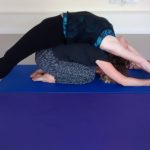
When we work with an intention for our practice it gives us a reason to step on to our mats. Instead of “just doing it”, we have a purpose and a resolve that deepens the practice. The experience becomes quantitative as well as qualitative in that we either consciously assess, or unconsciously contemplate, what it is that we want from our practice before we step on to our mat. Then, we have a way of measuring what we have achieved from our practice when we step off of our mat.
An intention for your yoga practice can be –
Physical, examples of which might be: “I want to ease my back pain” or “I want to feel physically stronger”;
Psychological: “I want to feel less anxious/stressed/tense…” or “I want to feel more at ease with myself/experience mental equilibrium/feel more empowered …”;
Emotional: “I want to release fear/anger/hurt …” or “I want to experience more contentment/confidence/peace …”
Energetic: “I want more energy” or “I want to become more aware of my energetic self”.
Spiritual: “I want to understand my spiritual purpose” or “I want to deepen my compassionate/empathetic/loving Self.”
What ever your intention is, it will give you more purpose for your practice, it will strengthen your resolve and your desire to practice, and it will encourage you to develop more insight into what your yoga practice can do for you, both on and off your mat.

